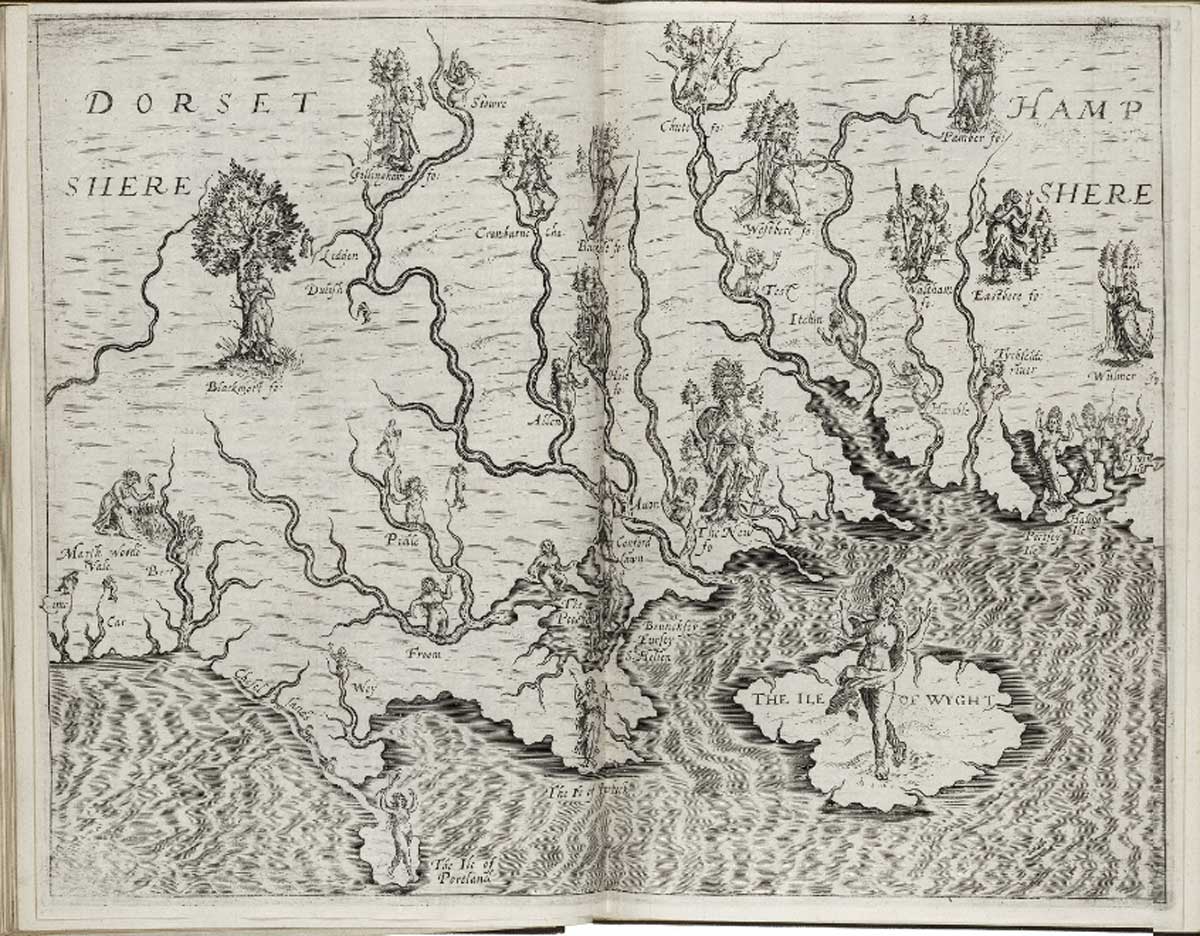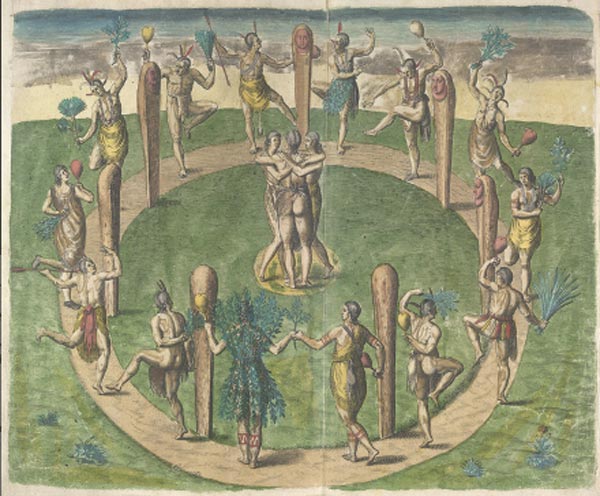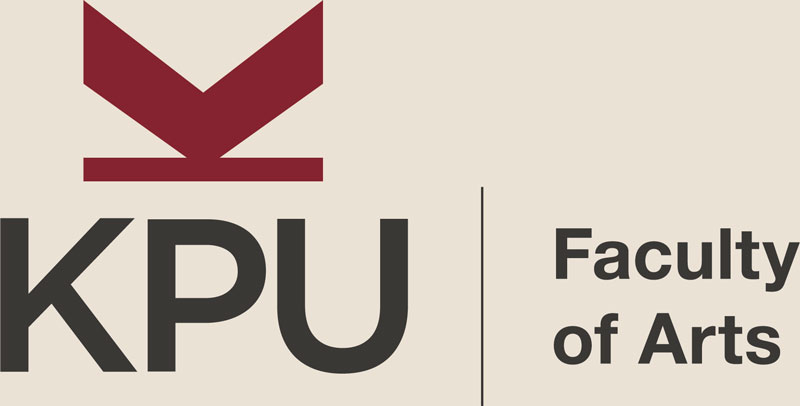G.5 Revisiting the Early Modern Green Spaces
Sat Oct 21 / 13:45 – 15:15 / KC 205
chair /
- Iraboty Kazi, University of Western Ontario
Early modern (1400–1700) interest in nature is made evident by the revival of villa gardens, the popularity of the pastoral in painting, theatre, music, and music, the fascination with the scientific properties and aesthetic qualities of plants, and creation of botanical gardens. While the complexities of early modern green spaces have been well-documented by scholars (such as Jodi Cranston, Karen Hope Goodchild, Natsumi Nonaka, and Paul Barolsky), their connections to the twentieth- and twenty-first century works deserve more attention. This panel will centre around art, film, and literature that perpetuate, remediate, and/or challenge ideas and practices surrounding early modern representations of nature. Contributions to this panel may address (but are by no means limited to) the following topics and themes: colonization or decolonization, LGBTQIA+ perspectives, ecofeminism, sustainability, transnationalism, migration, heterotopias and other theories of space, and posthumanism.
keywords: Renaissance, nature, art, green, pastoral
session type: panel
Iraboty (Ira) Kazi (she/her) is a Bangladeshi Canadian PhD candidate at the University of Western Ontario, studying Art History and Visual Culture. Her current research explores how heterotopic spaces presented in Italian Renaissance pastoral paintings are reconfigured and mobilized in constructions of nature in queer cinema. Her research interests include South Asian diasporic art and cinema, stained glass, Dante, queer cinema and theory, imagined spaces, and nature in early modern literature and art.

Michael Drayton, Poly-Olbion by Michaell Drayton Esqr, 1612.
Deshkan Ziibi / Antler River / Thames: A Poetic Response to Michael Drayton’s Poly-Olbion
- Matthew Rooney, University of Western Ontario
Deshkan Ziibi/Antler River/Thames is a long poem and a parallel text to the first song of Micheal Drayton’s Poly-Olbion. The poem is a hybrid piece, engaging with the contemporary ecopoetics of Min Hyoung Song’s Climate Lyricism, the creaturely being-with of Donna Harraway’s Staying with the Trouble: Making Kin in the Chthulucene, and the phenomenological approach of Timothy Morton’s Hyperobjects: Philosophy and Ecology after the End of the World.
At its heart, Deshkan Ziibi/Antler River/Thames speaks to Drayton from our contemporary world of ecological crises and showcases how a presentist approach to early modern ecocriticism—or early modern understandings of green spaces—paves over more than it preserves. By positioning Drayton’s depiction of the English River Thames as one parallel text and the Deshkan Ziibi (or Thames River) in London, Ontario as another, my poetic response highlights the way that Drayton’s colonial space-making shapes how we encounter the world.
The version of the talk I propose to give at UAAC 2023 will aim to reintroduce Drayton’s mode of poetic topography as a method that opposes colonial cartography. This poetic topography, I argue, is capable of resiting colonial space-making and the ecological devastation that it entails. This approach, which draws connections between early modern maps and contemporary ecopoetics, will provide insight on how to think about early modern ecologies during our current climate crises.
keywords: Poly-Olbion, ecopoetics, colonization, migration
Matthew Rooney (he/him) is a poet and first-year PhD student at the University of Western Ontario. He holds a Masters in English Literature and a certificate in Art History and Visual Culture from Dalhousie University. His research focuses on the intersection between traditional visual map-making (cartography) and poetic topographies (chorography) in early modern literature. In particular, he is interested in how the two modes of understand space provide contrasting ideas about colonial space-making and indigeneity—particularly in the works of Michael Drayton and his contemporaries.
As a poet, his work has appeared in The Humber Literary Review, Canadian Literature, Queen’s Quarterly, and Best Canadian Poetry. As a biologist, his work has appeared in the International Journal of Biology.

Theodor de Bry after John White, Travels through Virginia: The Virginian's manner of dancing at their religious festivals, in America, Vol. I, 1590.
A (S)pain in my Neck: Examining the Engravings of Theodor de Bry
- Ana Moyer, University of Western Ontario
Flemish engraver Theodor de Bry took a central role in the iconography of both the “found world” and the people residing in it as an engraver for several of the most popular books depicting accounts of the Americas from a colonial perspective, such as Richard Hakluyt’s Collected travels in the east Indies and west Indies (1590–1634). Despite his notable impact in creating a canon of anti-Indigenous iconography that remains some of the most recognizable to this day, De Bry was deeply affected by the Spanish persecution of the Protestants during the 1570s and was forced to flee from modern Belgium to Germany, creating a strong anti-Spanish sentiment. Ongoing publication of the book A Short Account of the Destruction of the Indies by Dominican friar, Bishop and titled “Protector of the Indians” Bartolomé de las Casas largely coincided with Spanish and religious occupation, particularly during the Dutch revolt against Spain from 1555 to 1598.
As such, de Bry’s inclusion as engraver for one of the first major publications of de las Casas’ book interrogates the artistic colonial modalities through which he depicted and employed, for once, anti-colonial narrative visual structures that reference and build upon his own iconography. In particular, I will focus on the effects of de Bry’s images of a barren land with unclothed, generically Classical pagan people as a system of dehumanization and binarism between civility and barbarism. How does this iconography succeed or fail within the context of de las Casas’ book? I will attempt to juxtapose and examine these images to facilitate dialogue and expose how the artwork chosen to accompany Bartolomé de las Casas’ pro-Indigenous, anti-slavery, anti-colonial manifesto supports or subverts the messaging of the volume.
keywords: decolonization, engraving, Theodor de Bry, Bartholome de las Casas
Ana Moyer is a current disabled nonbinary-queer PhD student at the University of Western Ontario, studying the modern tattoo industry with a focus on disability and queer theory. They are the current Associate Editor at tba: Journal of Art, Media, and Visual Culture and co-founding Editor of Aeterna, both at Western. You can find them gardening, birdwatching, and crocheting in their spare time.

